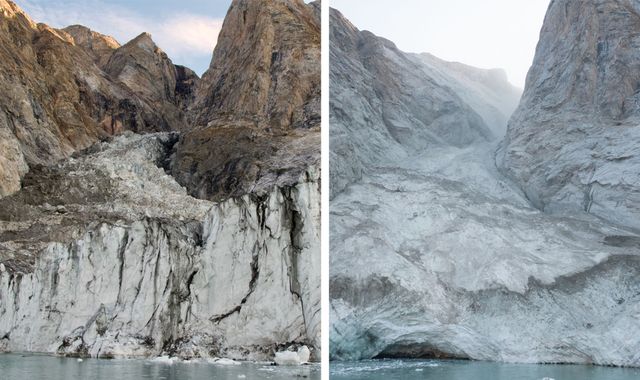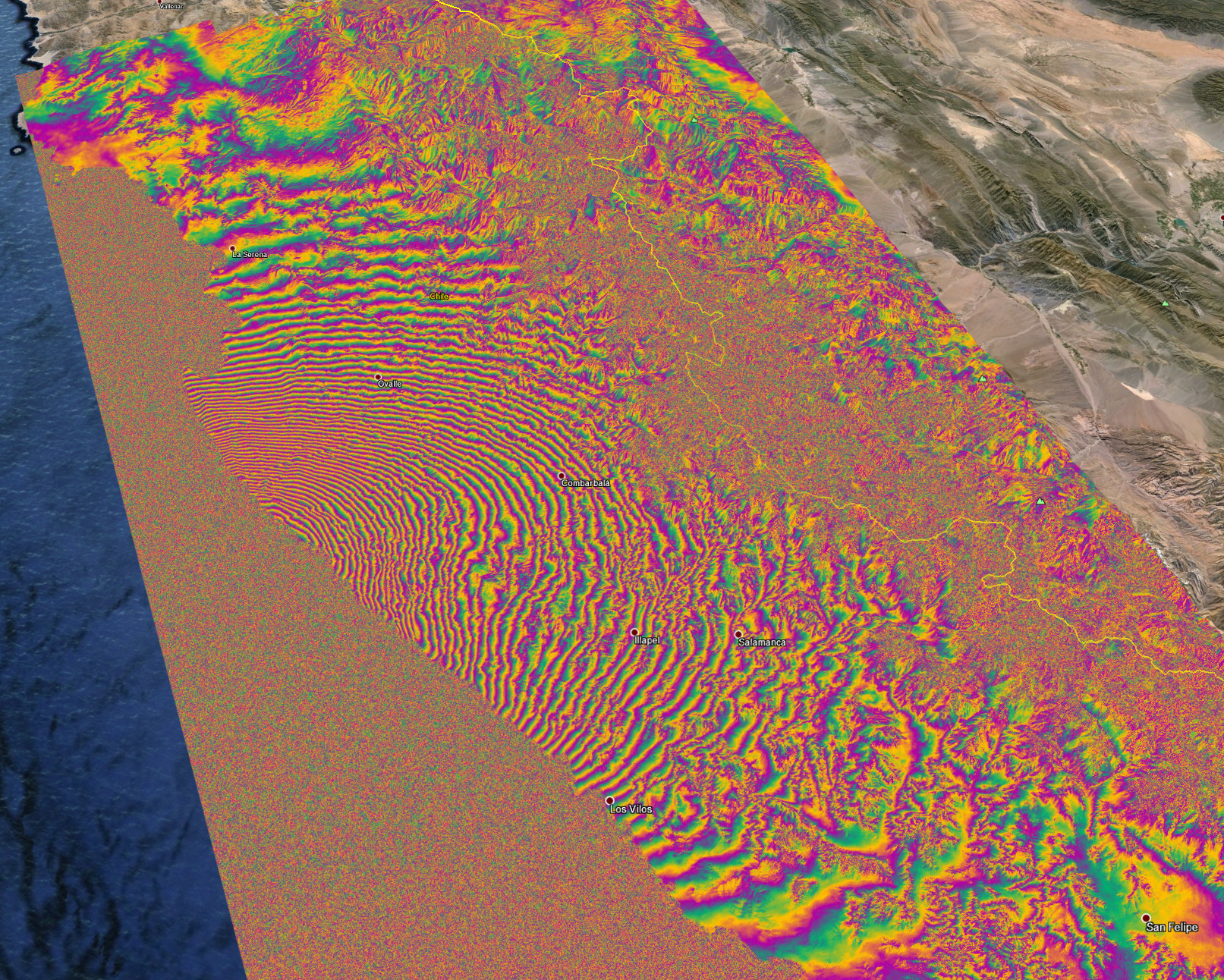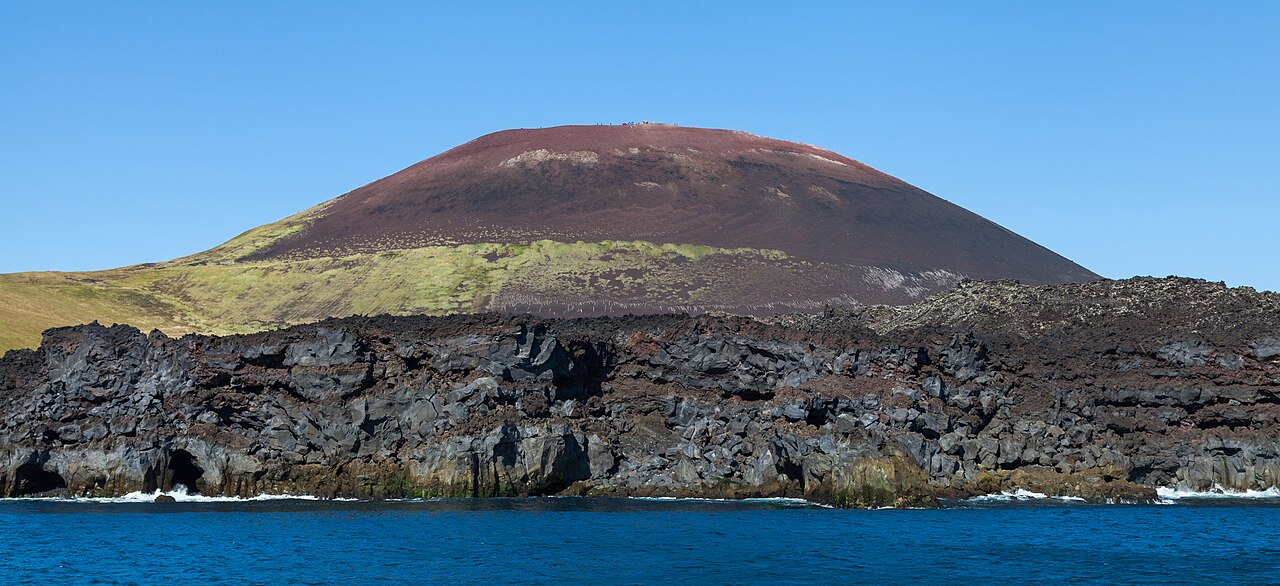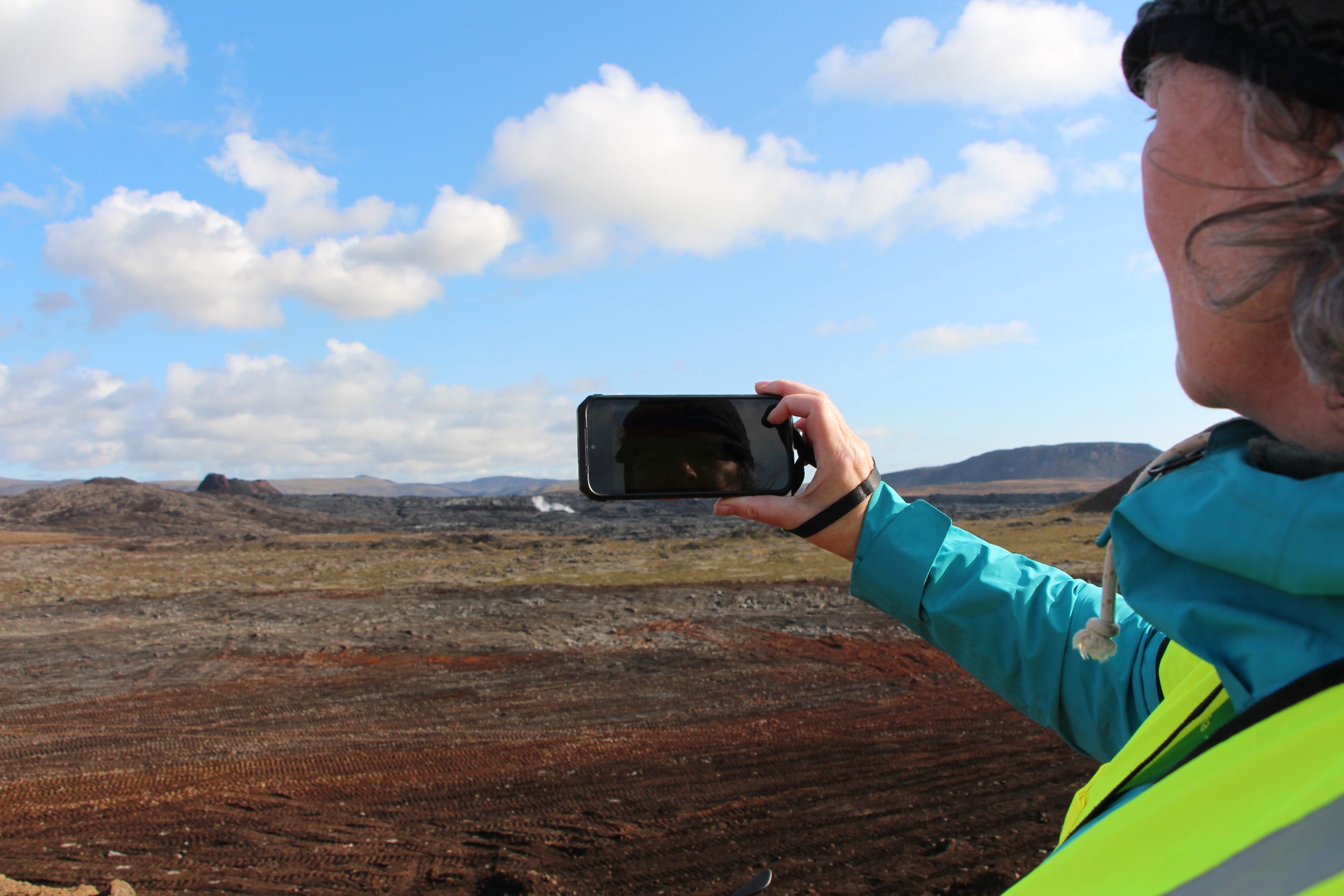
The Landslide That Made Earth Vibrate for Nine Days: What We’ve Learned
In September 2023, a landslide in a remote part of Greenland triggered an extraordinary chain of events: a mega-tsunami that surged through a narrow fjord, vibrating the Earth for nine days. The last study involving DT-GEO researchers shed light on the science behind this unusual phenomenon.




